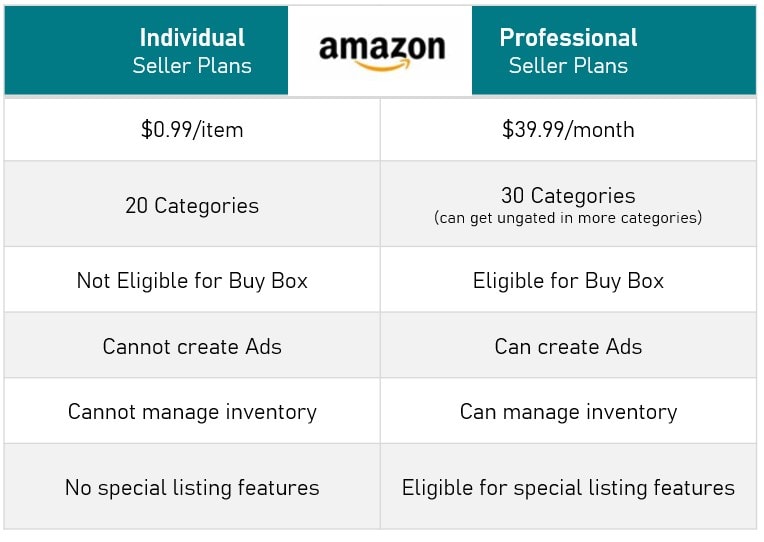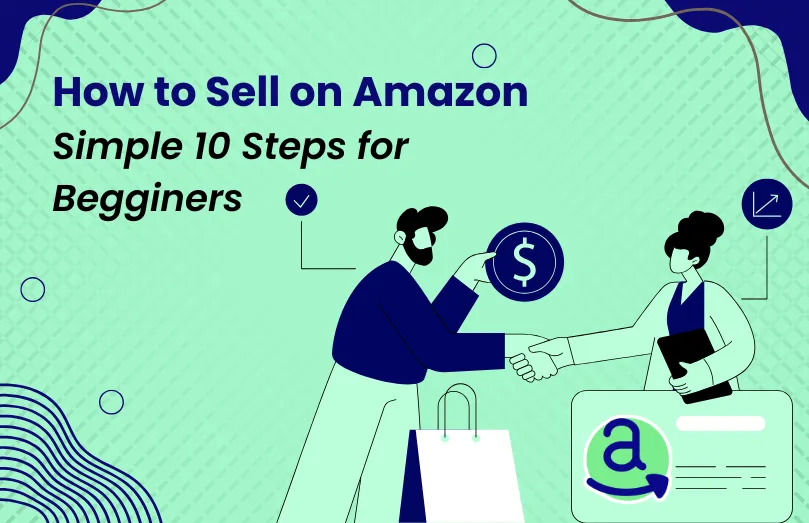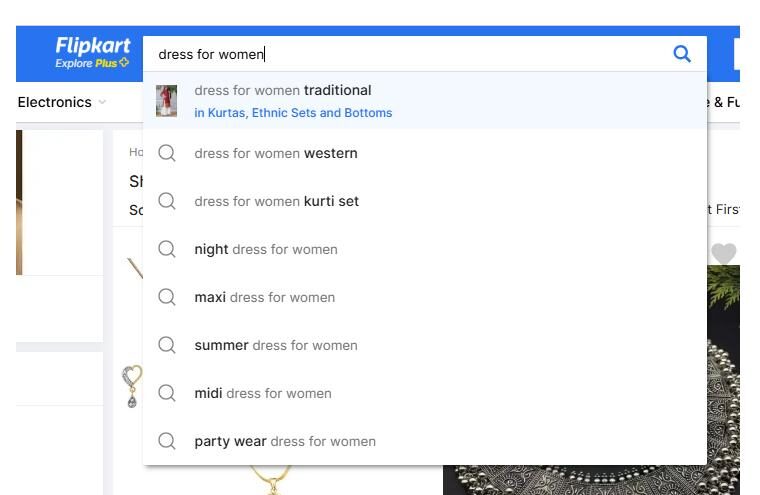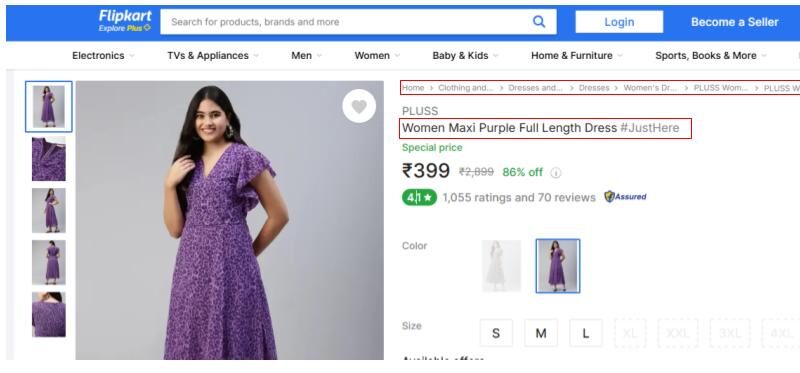Ready to start your entrepreneurial venture as an online business? Amazon is truly the largest online market; it offers a vast arena to attract the attention of many potential customers.
However, the question of where to begin is often a daunting one to face. If one has ever thought about “how to sell on Amazon,” then this is the right place. In a nutshell, this simple guide breaks down all the necessary steps for anybody beginning to sell on Amazon.
Getting into e-commerce with Amazon is an exciting journey. The key to success lies in perfecting the initial setup and navigating the intricacies of the platform.
Many new sellers feel comfortable utilizing resources like Amazon seller account services to keep their start nice and smooth. These services can assist with anything from account creation to listing optimization.
9 Simple Steps to Start Selling on Amazon
Breaking down the whole process into digestible bites should help explain neatly and simply the selling question on Amazon:
Step 1: Decide What You Want to Sell
This is, as we put it, the very first stage. What kinds of products do you really like? What kind of problems will they solve for customers? You want to consider demand, competition, profitability, and your ability to source or construct the products. Even researching product trends, as well as niches, can come in handy.
Step 2: Choose Your Selling Plan
Second, you choose your selling plan. Amazon has two major selling plans:
- Individual Plan: This is considered the plan for sellers who intend to sell somewhere below or around 40 items each month. There is a per-item fee, aside from the selling fees.
- Professional Plan: For sellers who intend to sell more than 40 items each month. This plan features a monthly subscription fee, apart from other selling fees. This plan gives you access to more advanced tools and selling features.

Figure out your current and potential sales in order to decide which plan suits you best.
Step 3: Setting up Your Amazon Seller Account
First things first, go to the Amazon Seller Central website for your Amazon region (for example, sell.amazon.com in the US or sell.amazon.in in India) and sign up for an account.
You will need to provide details about yourself and your business, such as business name, business address, tax ID number (like GST in India or EIN in the US), bank account, and telephone number.
Make sure all of this information goes into the page correctly, and it should remain present and up to date. Also, during this initial setup, an Amazon seller account registration service might come in handy to avoid any errors.
Step 4: Amazon’s Selling Policies and Guidelines
Get hold of Amazon’s rules and regulations for sellers before you take your products to be sold. It deals with the product listing, pricing, shipping, customer service, as well as goods that are prohibited. If you want to keep your healthy seller account, compliance is the name of the game.
Step 5: Create Your Product Listings
This is where your products get displayed for potential buyers. Listings should include:
- Product Title: Use clear, concise, and keyword-rich titles to help customers find your product. Think about “how can I sell items on Amazon?” – using relevant keywords in your title is a big part of it.
- Bullet Points: Outline your product’s most important features and benefits in use-case bullet points.
- Product Description: Describe your product in detail with engaging writing, imparting dimensions, materials, and intended use.
- High-Quality Images: Use images that are clear and well-lit, displaying the product from multiple angles.
- Pricing: Set a price point that considers a balance between competitiveness and profit.
Keyword optimization will attract visibility to your listings. Perhaps you’d want to look into Amazon listing services should you need some expert help in writing compelling and SEO-friendly listings.
Step 6: Choose Your Fulfillment Method
There are two major processes for order fulfillment, FBA and FBM:
- Fulfillment by Amazon (FBA): You send your inventory to one of the Amazon distribution centers. Amazon will keep your products in stock, pick, pack, and ship orders to customers, and handle the customer service for these orders. FBA can really cut down on your time and effort, and most customers prefer it.
- Fulfillment by Merchant (FBM) or Seller-Fulfilled: This is done manually. The seller keeps the inventory, packs it, and ships it to the customer, handling customer service for them in the process.
In determining the method of fulfillment, consider your resources, shipping capabilities, and the amount of involvement you want to have.

Step 7: Advertise Your Products (Optional, but Recommended)
While free organic traffic can eventually work, Amazon advertising can be used to gain additional exposure, and new sellers certainly need it.
They have Sponsored Products, Sponsored Brands, and Sponsored Display advertisements.
Step 8: Manage Your Inventory and Orders
Manage your inventory so that you will not run out of stock. Process and ship every order immediately as per Amazon’s policy.
Provide good customer service, so that you can gain good fame thereafter. Good Amazon seller management is a key to long-term success.
Step 9: Analyze Performance
Regularly monitor your seller dashboard on Amazon Seller Central to track sales, customer feedback, and KPIs. Use the input data to drive improvements in your listing, pricing strategy, and overall business approach.
Expanding Your Reach: Amazon Global Selling
If you have established the business in your primary marketplace, you could consider expanding internationally with Amazon Global Selling. This puts your business in the global customers’ realm. Amazon provides tools and resources to manage international listings, shipping, and compliance.
Conclusion
Learning how to sell on Amazon is not complicated. These few simple steps should take any beginner across the initial setup and into the start of their Amazon selling careers.
Always keep in mind: Research well, choose your products carefully, optimize your listings, and offer excellent customer service. With dedication and a strategic mindset, you will be able to tap into the gigantic potential of the Amazon marketplace and create a successful online business. Good luck!



